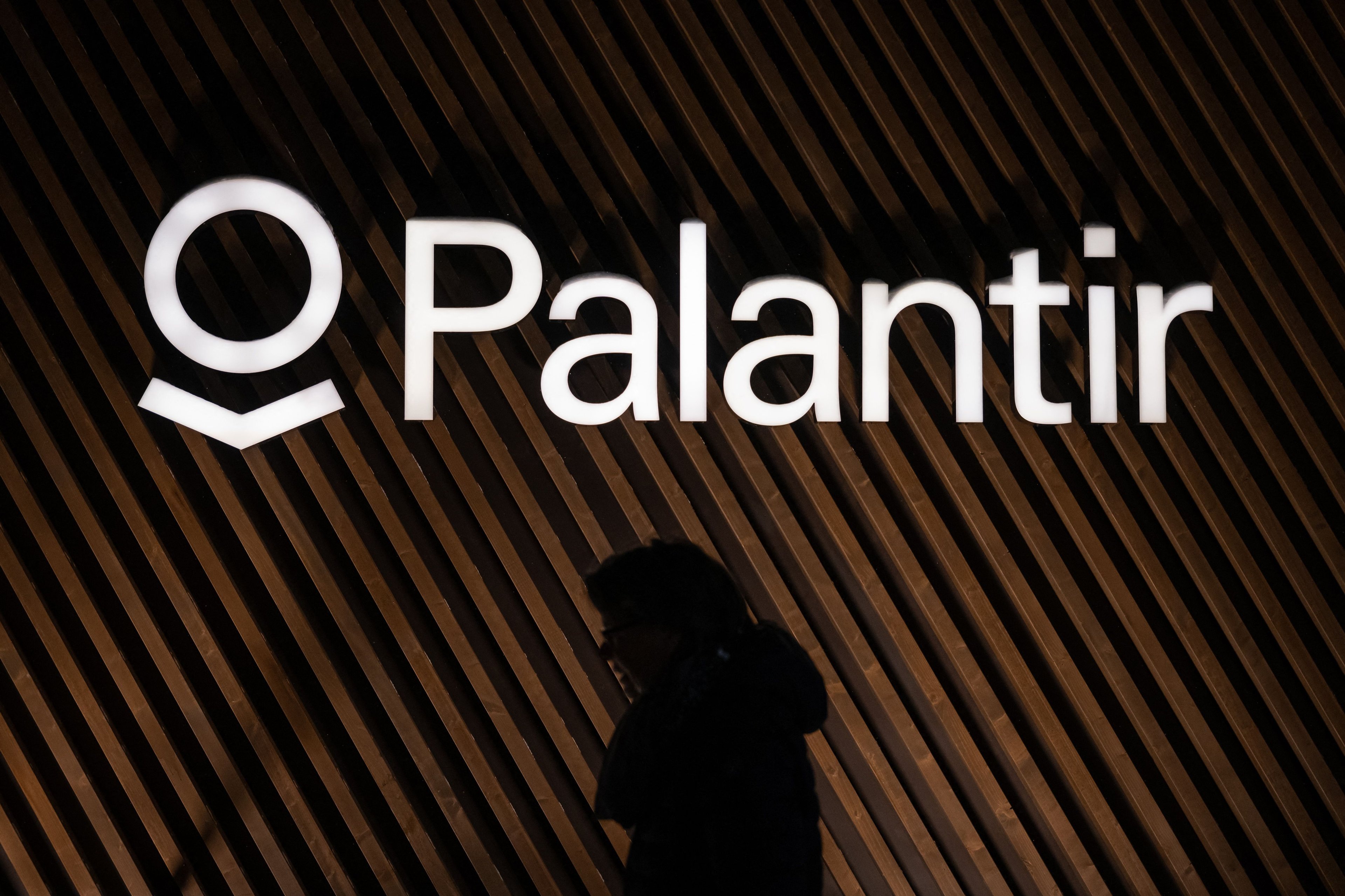One of the biggest developments over the past few years has been that of artificial intelligence (AI), and use cases for this groundbreaking technology continue to expand. A quick look at the world's most valuable companies shows that nine of the top 10 are pioneers in AI, all jockeying for a shot at the title.
Nvidia recently made headlines by becoming the world's first $4 trillion company and currently clocks in at $4.1 trillion. Microsoft and Apple are close on its heels, with market caps of $3.7 trillion and $3.5 trillion, respectively. Rounding out the top five are Alphabet and Amazon, worth $2.7 trillion and $2.4 trillion, respectively.
With a current market cap of just $372 billion, it may seem premature to suggest that Palantir Technologies (PLTR +0.17%) could soar 169% to earn its place in the $1 trillion club. Yet while many companies are still working to comprehend this paradigm shift, Palantir is helping businesses profit from AI and enriching shareholders along the way.

Image source: Getty Images.
Decades of AI expertise
Years before the company went public, Palantir had been toiling away on advanced AI algorithms for defense and intelligence agencies within the U.S. government. In recent years, the company has also focused on enterprise software that saves businesses time and money.
But it was Palantir's Artificial Intelligence Platform that catapulted the company to AI stardom, as the system leverages generative AI to develop real-time solutions to company-specific problems.
The two biggest stumbling blocks to adopting AI are knowing exactly where to begin and getting a solid return on investment (ROI). Palantir was able to solve both of those challenges with a simple strategy.
Palantir invites developers and business leaders to attend "boot camps," or workshops that show AIP in action. During these interactive sessions, users work side-by-side with Palantir engineers to develop solutions to their real-world business problems.
This strategy is a clear winner. In the second quarter, Palantir's revenue of $1 billion climbed 48% year over year and 14% sequentially. The star of the show was its U.S. commercial revenue, which surged 93% to $306 million, representing nearly 31% of total revenue, fueled by ongoing demand for AIP. This resulted in adjusted earnings per share (EPS) of $0.16, which surged 78%.
The segment ended the quarter with contract value of $843 million, up 222% year over year. This helped drive Palantir's remaining performance obligation (RPO) -- or contractually obligated sales that aren't yet included in revenue -- up a whopping 77% to $2.4 billion.
Palantir also boosted its full-year guidance, forecasting at least 85% growth for the U.S. commercial segment (namely AIP) for 2025, up from its previous outlook for 68% growth.
The path to $1 trillion
Palantir's decades of experience and its groundbreaking AI solutions have created a windfall for shareholders, and there could be much more to come.
According to Wall Street, Palantir is expected to generate sales of $4.1 billion in 2025, giving it a forward price-to-sales (P/S) ratio of about 89 (not a typo). Assuming its P/S remains constant, Palantir would have to generate revenue of more than $11 billion annually to support a $1 trillion market cap.
Wall Street is forecasting annual revenue growth of 38.7% for Palantir over the next five years. If the company is able to grow at that pace, it could reach a $1 trillion market cap by 2028. But if Palantir's sales and profit growth continue to accelerate, it could achieve that benchmark even sooner.
I'm not the only one who thinks so. Wedbush analyst Dan Ives has run the models and calculated that Palantir's market cap could hit $1 trillion sometime in 2027 or 2028. Ives argues that investors focused solely on valuation have missed "every transformational tech stock over the past 20 years." He goes on to say that AI will be the driving factor behind Palantir's success.
Palantir's operational and financial trajectory seems to back up that assertion, as the company continues to announce new and larger customer wins and its sales and profits continue to accelerate.

NASDAQ: PLTR
Key Data Points
Every rose has its thorns
Lest there be any doubt, and as promising as Palantir is, there are also plenty of things that could go wrong. The development of AI could stall, the economy could hit a rough patch, or Palantir could fail to capitalize on the tremendous opportunity that is AI -- and any of these could send the stock careening lower. Let's not forget the company's valuation, which is extreme, to say the least.
Palantir is currently selling for 66 times next year's sales and 184 times next year's earnings. History shows that the higher the multiple, the more extreme the volatility, and Palantir isn't immune. Investors should prepare themselves for significant stock price movements, which aren't for the faint of heart.
Estimates abound for the potential of generative AI, but the software opportunity alone is intriguing. Cathie Wood, founder and CEO of Ark Investment Management, suggests that if software purveyors are able to capture 10% of the value created by their AI-focused products, it could generate as much as $14 trillion in revenue in 2030.
If Palantir continues along its current trajectory, helping companies drive positive ROI for their AI spending -- and I believe it can -- it could achieve a $1 trillion market cap sooner than many expect.





